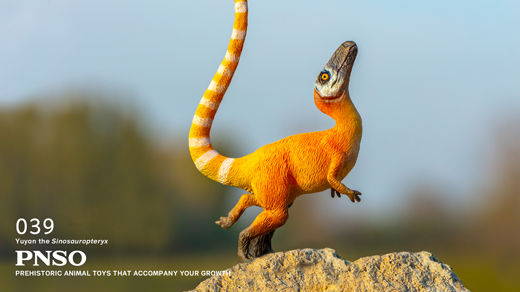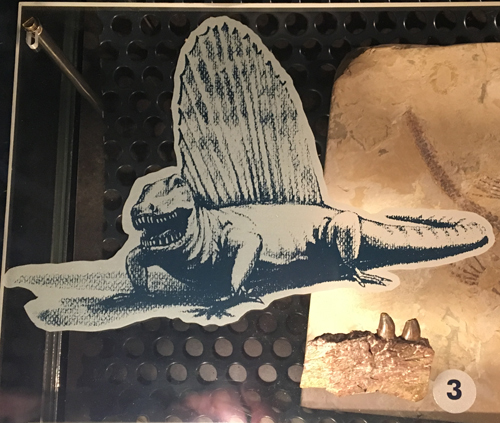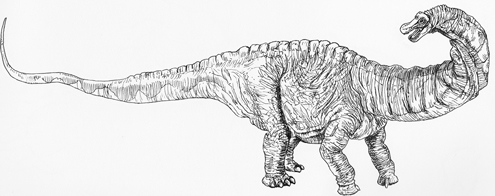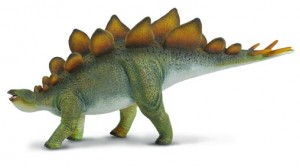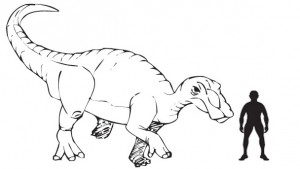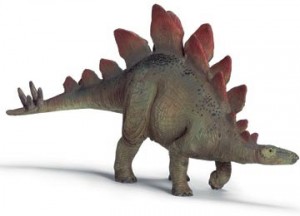Swimming Dinosaurs – Underwater Footprints Studied in New Paper
Swimming Dinosaurs
We get asked a lot of questions by young people when we visit schools, all sorts of questions such as which was the fiercest dinosaur, the biggest, smallest and so on. The team do their best to answer all the questions that they get asked, either at the time or by e-mail once they have had the chance to check facts.
We received an e-mail a couple of weeks ago from a little boy in Yorkshire (England) asking if dinosaurs could swim. Coincidentally, new work on a fossil trackway found three years ago in northern Spain provides definitive proof that dinosaurs did occasionally take to the water and, like most animals they were capable swimmers.
A team of palaeontologists led by Dr Lois Costeur of the University of Nantes have had their work on a set of underwater dinosaur footprints published in the journal Geology. The fossilised foot marks left by a dinosaur on a river bed in northern Spain indicate that the animal was swimming and occasionally pushing itself along as it made contact with the river bottom.
The trackway is approximately 125 mya (Cretaceous period) and it was made by a large three-toed, carnivorous dinosaur, as it swam across a body of water. The tracks fossilised in sandstone show the scratch marks and prints made by the animal’s claws as it made its way across this stretch of water which scientists estimate was over 10 feet deep.
The trackway consists of 12 impressions over a stretch of about 15 metres, with long grooves cut into the riverbed where the animal gained a purchase with its long clawed toes. Fossilised ripple marks in the sandstone show that there was a strong current and the animal was struggling to keep itself on a straight path as it fought against the current.
There have been swimming tracks found previously, studied by ichnologists (scientists who study fossilised foot prints and other trace fossils), which have been identified as belonging to long-necked sauropods and duck-billed dinosaurs but finding a meat-eaters is very rare. At first these footprints were thought to belong to a large crocodile as it made its way along the river bed, but crocodiles have at least four fingers and toes, one toe too many to have made these marks.
Fierce meat-eating dinosaurs can be found in water today, fortunately they are inflatable dinosaurs, the sort you might see at the beach.
For models and replicas of prehistoric animals: Nanmu Studio Prehistoric Animal Figures.



